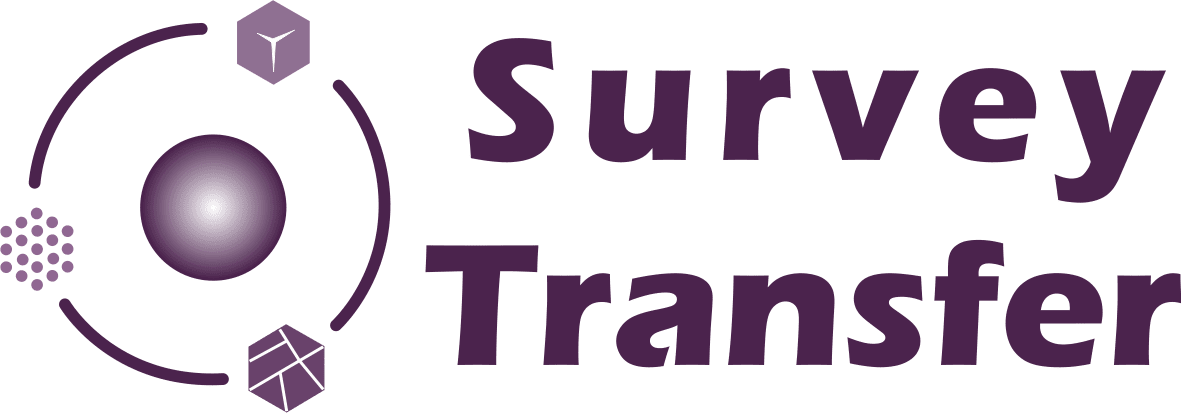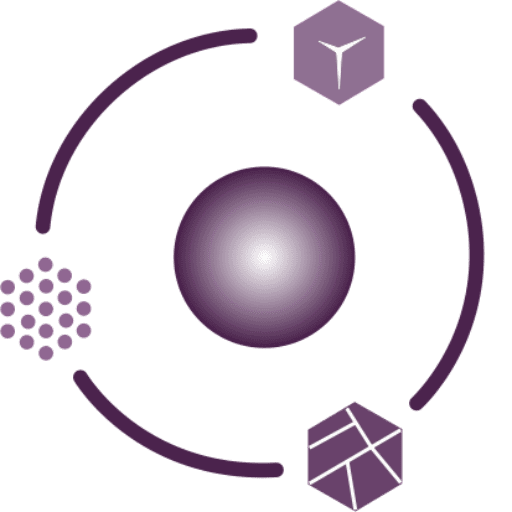While writing our current article, we tested ChatGPT, we asked about the drone technology, drone surveying and their industrial impact.
The output files of the photogrammetry survey can be large point clouds, orthomosaics, digital elevation models (DEM) and 3D models. These can be difficult to share with the client and colleagues. It is strongly recommended to use the SurveyTransfer data sharing software! For more information, visit the website of the software manufacturer by clicking HERE.
Advantages of drone surveying
Surveying is an essential component of many industries, including construction, mining, and environmental monitoring. Traditional surveying methods often involve manual measurements and data collection, which can be time-consuming, expensive, and sometimes dangerous. However, with advancements in drone technology, surveying professionals are now turning to drones to improve efficiency and safety on job sites.
Drones, also known as unmanned aerial vehicles (UAVs), are revolutionizing the surveying industry by providing a faster, safer, and more accurate way to collect data. Drones can be equipped with a variety of sensors, including high-resolution cameras, LiDAR scanners, and thermal imaging cameras, allowing them to capture highly detailed aerial images and data.
One of the most significant advantages of using drones for surveying is improved accuracy. Drones can capture highly detailed imagery from a variety of angles and elevations, allowing for more accurate and precise measurements. This increased accuracy can help reduce errors and inaccuracies in measurements and provide a more complete and accurate representation of the area being surveyed.
Another great benefit of using drones for surveying is increased efficiency. Traditional surveying methods often require significant resources, time, and labor to complete. However, drone surveying can remarkably reduce the time and effort required to complete these tasks. Drones can quickly and easily capture images of large areas, reducing the need for manual measurements and reducing the time required for surveying projects.
In addition to improved accuracy and efficiency, drone surveying can also improve safety. Many surveying projects require professionals to work in hazardous or hard-to-reach areas. Drones can eliminate the need for manual measurements in these areas, minimizing the risk of injury or harm to professionals.
Applications of drone surveying
The benefits of drone surveying are numerous, and the technology has a wide range of applications in various industries. In construction, drone surveying can help architects and engineers create detailed 3D models of construction sites, improving planning and reducing the risk of errors. In mining, drone surveying can help identify areas of interest and monitor progress. In environmental monitoring, drone surveying can help identify changes in the landscape and monitor the impact of environmental factors such as climate change.
Choose the appropriate equipment for the drone survey
If you are considering using drones for your surveying needs, it is essential to choose the right drone and software for the job. Consider factors such as flight time, camera quality, and software capabilities when selecting a drone for your project.
Choosing the right drone for surveying can be a challenging task, but it is critical to select a drone that fits your specific needs. For example, if you are working on a large construction site, you may want to consider a drone with a longer flight time and a high-quality camera. If you are working in a hazardous environment, you may want to consider a drone with obstacle avoidance capabilities to improve safety.
In addition to choosing the right drone, it is also essential to select the right software for your project. There are many software options available for drone surveying, each with its own strengths and weaknesses. It is important to choose software that is compatible with your drone and can create accurate and detailed 3D models.
Sharing surveying results
One of the challenges of using drones for surveying is managing the large amounts of data they produce. Fortunately, there are solutions available, such as SurveyTransfer, a platform that offers fast and secure data sharing for drone mappers and surveyors too. SurveyTransfer can help streamline the process of transferring and sharing large amounts of geospatial data, making it easier for surveying professionals to manage their projects efficiently. By incorporating SurveyTransfer into their workflow, surveying professionals can improve their efficiency, and overall productivity, ultimately providing better results for their clients.
Summary
Overall, drone surveying is quickly becoming the go-to tool for many surveying professionals. By improving accuracy, efficiency, and safety, drone surveying can help take your surveying projects to new heights. As the technology continues to evolve and become more affordable, we can expect to see even more widespread adoption of drones in the surveying industry in the coming years. So, if you’re looking to take your surveying projects to the next level, consider incorporating drones into your workflow and experience the benefits for yourself!
If you really liked what you read, you can share it with your friends. 🙂
Did you like what you read? Do you want to read similar ones?



